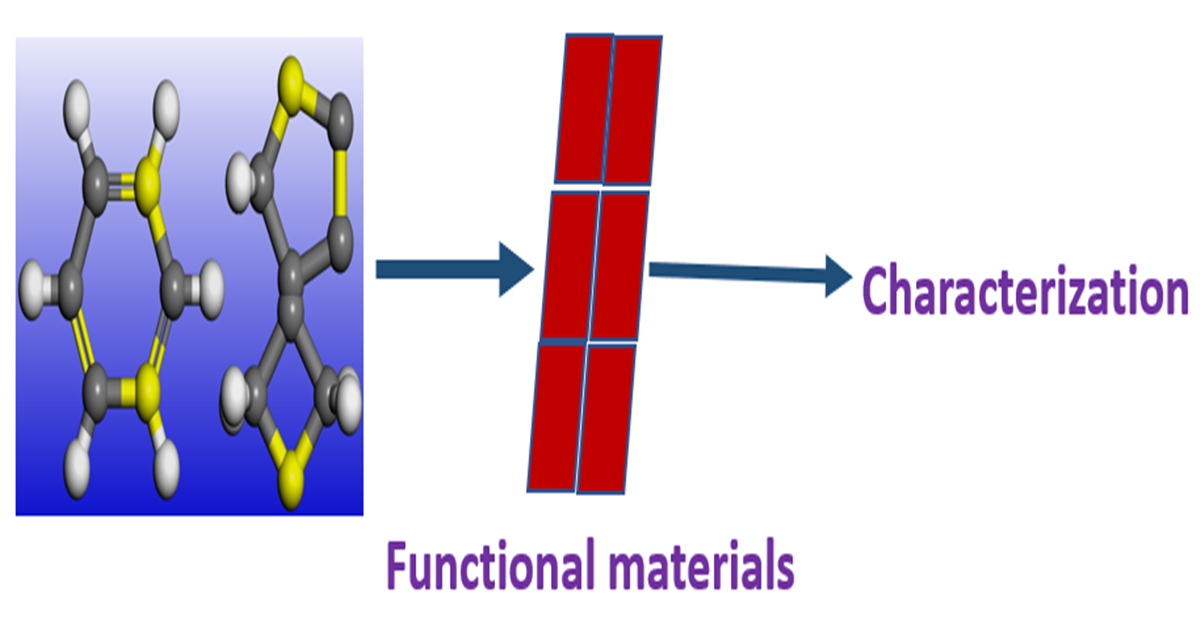- 2.5Impact Factor
- 5.5CiteScore
- 20 daysTime to First Decision
Functional Materials Characterization for Advanced Engineering Applications: Microstructural, Mechanical, Tribological and Corrosion Properties
This special issue belongs to the section “Materials Science and Engineering“.
Special Issue Information
Dear Colleagues,
The engineering functional materials paradigm involves understanding the relationships that exist between the processing, structure and properties of this class of materials, which will help to further ascertain their suitability for intended applications. This Special Issue will consider engineering materials that are fabricated using techniques including (but not limited to) spark plasma sintering, high-volume molding methods, additive manufacturing and casting. Properties such as microstructural, mechanical, tribological and corrosion properties also play key roles in determining the in-service performance of these materials, hence the need to fully understand them.
Dr. Samuel Olukayode Akinwamide
Dr. Ojo Jeremiah Akinribide
Dr. Bashir Jelani Usman
Guest Editors
Manuscript Submission Information
Manuscripts should be submitted online at www.mdpi.com by registering and logging in to this website. Once you are registered, click here to go to the submission form. Manuscripts can be submitted until the deadline. All submissions that pass pre-check are peer-reviewed. Accepted papers will be published continuously in the journal (as soon as accepted) and will be listed together on the special issue website. Research articles, review articles as well as short communications are invited. For planned papers, a title and short abstract (about 250 words) can be sent to the Editorial Office for assessment.
Submitted manuscripts should not have been published previously, nor be under consideration for publication elsewhere (except conference proceedings papers). All manuscripts are thoroughly refereed through a single-blind peer-review process. A guide for authors and other relevant information for submission of manuscripts is available on the Instructions for Authors page. Applied Sciences is an international peer-reviewed open access semimonthly journal published by MDPI.
Please visit the Instructions for Authors page before submitting a manuscript. The Article Processing Charge (APC) for publication in this open access journal is 2400 CHF (Swiss Francs). Submitted papers should be well formatted and use good English. Authors may use MDPI's English editing service prior to publication or during author revisions.
Keywords
- material characterization
- nanocomposite fabrication
- powder metallurgy
- electrochemistry
- nanomaterials
- biomaterials
- tribology
- nanoindentation analysis
- structural mechanics

Benefits of Publishing in a Special Issue
- Ease of navigation: Grouping papers by topic helps scholars navigate broad scope journals more efficiently.
- Greater discoverability: Special Issues support the reach and impact of scientific research. Articles in Special Issues are more discoverable and cited more frequently.
- Expansion of research network: Special Issues facilitate connections among authors, fostering scientific collaborations.
- External promotion: Articles in Special Issues are often promoted through the journal's social media, increasing their visibility.
- e-Book format: Special Issues with more than 10 articles can be published as dedicated e-books, ensuring wide and rapid dissemination.

